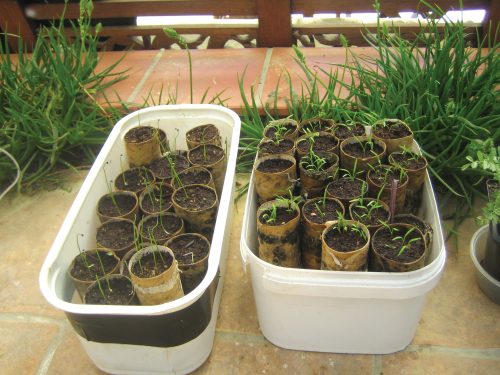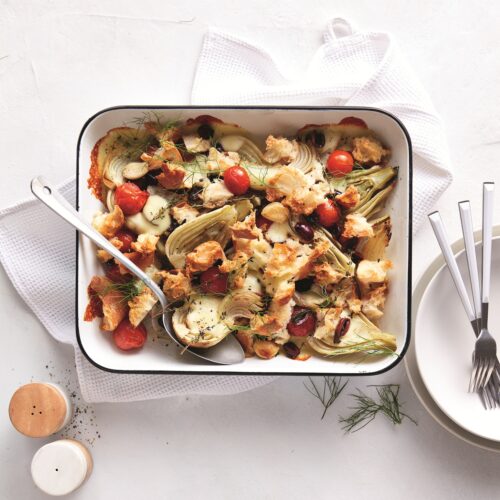
Late spring provides the perfect opportunity to dig for value in your vege plot.
What to plant
With a few exceptions, seeds germinated indoors in pots or toilet roll tubes filled with fine seed-raising mix (such as Yates Black Magic), and then transplanted when the first true leaves are fully formed do better than seeds directly planted into the garden – as long as you remember the basics.
- The smaller the seed, the shallower the sowing.
- Use a fine mister to keep the seed mix moist.
- Move your seedlings outdoors to a sunny, sheltered spot for a couple of weeks before transplanting – this is called hardening off.
- Be gentle with roots when transplanting, hold seedlings by the leaves.
- Thoroughly water in the transplanted seedling – ‘puddling in’.
- Leeks, globe artichokes, cauliflowers and summer cabbage seedlings can now be planted out, leaving space indoors to germinate a lexicon of vegetables, from aubergines to courgettes.
- Runner bean seeds can be planted directly into the soil – make sure you have your two- metre high beanpoles or trellis already in place to support the bean vines.
- Leave space between runner beans to plant lettuces – the shade and nitrogen offered by the beans assists in producing fat and tender lettuces.
- For a bit of fun, germinate those beans and pulses tucked away at the back of your larder. A single kidney or borlotti bean, lentil or chickpea will produce pods of many more beans and peas. These all grow as small bushes so don’t need a trellis or frame for support. Either plant directly or germinate indoors for later transplanting.
Maintenance
Weed, water and apply a foliar feed (see Time for tea gardening article on how to make your own) to established vegetable plants every month.
Harvest
If the weather has been kind, you can be picking your first asparagus, digging up new potatoes and pulling lettuces.
www.healthyfood.com










